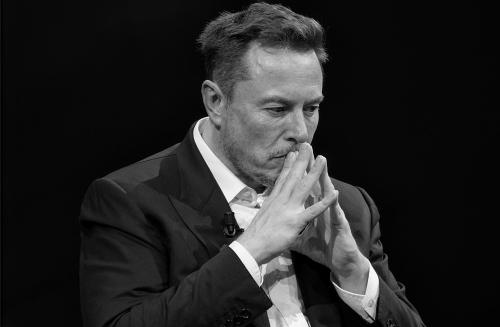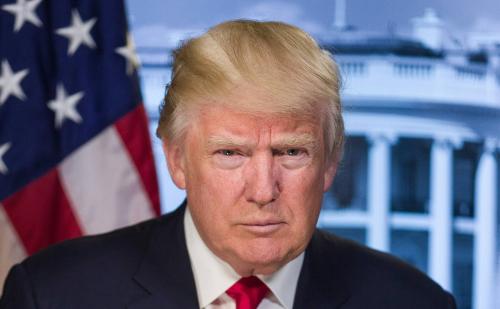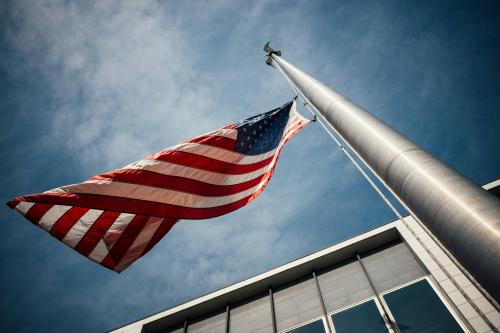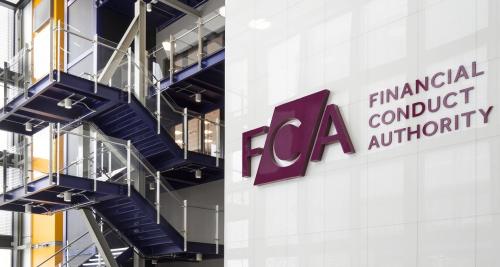What happens when a company’s case goes to the Supreme Court? How does it influence stock and options prices? And do investors price their anticipation of the outcome into these markets?
While cases surrounding public companies often do not make it to the Supreme Court, it is well understood that those that do must be important, such as Apple’s antitrust case (Apple vs Pepper), eBay vs MercExchange, Mobil Oil vs Federal Power Commission, Walmart vs Dukes and Microsoft vs Baker.
Academics, non-academics, the popular press and citizens frequently speculate and look for clues to predict the outcome of these cases, often with limited success. Do the financial markets, with their collective intellect and wisdom, and efficiency in processing information, also anticipate Supreme Court decisions relating to the corporate world? Can they correctly predict the impact of the actions of the justices, on average?
These are some of the questions we posed in our recent paper, ‘Do financial markets anticipate corporate-related decisions of the United States Supreme Court?’
While infrequently cases can go straight to the Supreme Court, it is more often a process of appeals that starts in the lower courts to bring them there. Ultimately, less than 1 percent of cases that appeal to the Supreme Court are accepted, according to a 2008 study.
In this most recent research, we look at stock market reactions to events at the Supreme Court level where either the petitioner (appealing the lower court’s ruling) or the respondent is a publicly traded firm, or both are. We look at three events of interest in the appellate process:
- Granting of the writ of certiorari, or acceptance of the case by the Supreme Court, which requires votes from four or more of the nine justices
- Oral arguments by the petitioner and respondent, and
- The announcement of the final decision.
We examine whether the financial markets, specifically the stock and options markets, anticipate the actions of the Supreme Court at any of these points for historical corporate cases. We reason that if the markets correctly anticipate Supreme Court decisions, we will not find significant stock price reactions when the cases are argued or announced.
To do this, we look at the Spaeth Supreme Court Database of every Supreme Court case to arrive at more than 500 cases involving at least one public company as petitioner, respondent or both, from 1946 to 2018. We obtain names and details, including the decision and argument date and ‘winning party’ as classified by legal experts for each case.
For the dates of writ of certiorari, we convert into text all of the data from the Journal of the Supreme Court of the United States for the same time period to extract and match up when this was granted for each. We then match the granting of the writ of certiorari, arguments and the decision for each of the 500+ cases involving companies to their stock and option prices on the corresponding dates.
To assess the stock prices, information from the Center for Research in Security Prices is used. For options data, OptionMetrics is used, as it is considered the standard in this space.
Using the OptionMetrics data, we calculate the change in implied volatilities for the dates of the writ of certiorari decisions and of the announcements of the decisions. For both the call and the put options, we take the difference between the implied volatility of the closing price on the day of the event and the implied volatility from the day before. We also calculate the implied volatility spread, as well as its change on these dates. We partition results by petitioner and respondent and by future win and loss.
In our assessment, we find that, regardless of whether the company is the petitioner or respondent, there is a significant negative reaction in the stock market for the company when the writ of certiorari is granted. This suggests that, on average, the market had not anticipated the Supreme Court action to take the case. It also suggests that even if the company is the one petitioning the courts, the market does not appear to view litigation in a positive light. This may be because it is costly for firms to litigate and could result in negative PR. In particular, we find that the reaction is significantly more negative in civil rights cases and those where the case is against the government.
We find no noteworthy activity in the stock market as the oral arguments by the petitioner and respondent are being heard. The markets do not appear to get additional information from this process. But we also find that when the Supreme Court’s final decision is announced, this triggers a positive reaction for the ‘winning’ firm and negative reaction for the ‘losing’ firm in the stock market, again indicating that the market had not already anticipated the results of these cases overall.
Despite the stock market’s wisdom, it does not appear to be able to predict the actions of the Supreme Court.
Options insight
We now turn to the options market. Empirical research suggests that the options markets can be efficient at processing information and pricing in the economic impact of events, often before the stock market, and may even predict future stock returns. We also see some evidence of this in our analysis.
In fact, interestingly, we find evidence that losses are predicted by the options market before Supreme Court cases are even heard on the date the writ of certiorari is granted. We note the options market’s anticipation of the negative end result, with a negative reaction in corresponding options on the date the writ of certiorari is granted, and no reaction to the loss when the final decision is announced.
In particular, we find that if the firm is the petitioner and the writ of certiorari is granted, there is a higher demand for calls in anticipation of positive future events. Conversely, if the company is the respondent and the writ of certiorari is granted, we observe a higher demand for puts in anticipation of bad news for the respondent.
As with stocks, we do not observe any noteworthy activity in the options market as the oral arguments by the petitioner and respondent are being heard.
The options market’s ability to predict losses as soon as the case is accepted suggest these sophisticated investors may offer a glimpse of the final decision before the end result is known. It supports the conjecture that more smart money may flow into the options market.
We find the results of our research surrounding the stock market to be particularly reassuring. Our observations that this market is not able to predict corporate Supreme Court outcomes suggests that the justices of the Supreme Court appear to be impartial and mostly unpredictable in corporate-related cases, versus siding with personal ideology or political beliefs. This is reassuring, as the Supreme Court should be an independent, neutral body that can make unprejudiced decisions in the interpretation of the law.
We look forward to performing additional research on the intersection of the financial markets and the Supreme Court.
Yehuda Davis is assistant professor of accounting at Yeshiva University. Suresh Govindaraj is professor and director of the PhD and DBA programs at Rutgers Business School. Kate Suslava is assistant professor of accounting at Bucknell University. For more on their research, please click here












